Before you ditch your masks, learn more about the pros and cons
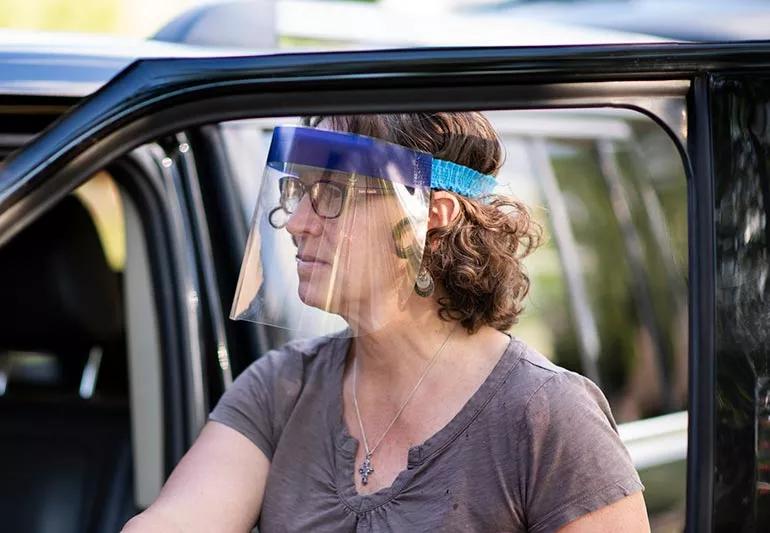
This article was originally published on June 24, 2020. It was updated on June 30, 2020, to reflect new information about this rapidly evolving situation.
Cleveland Clinic is a non-profit academic medical center. Advertising on our site helps support our mission. We do not endorse non-Cleveland Clinic products or services. Policy
We’ve been doing the mask mambo for months now. Some of us can wear them effortlessly while others…ehhh, well. Let’s just say this new accessory has added a little frustration to some of our daily activities. But whether we like it or not, masks aren’t going away anytime soon.
What’s the alternative to foggy glasses, dragon breath, a mask that travels all over your face or just being a hot, sweaty mess all the time? Enter face shields. They’ve started to pop up on fashion sites and you’ve probably seen someone wearing one at the store. But are face shields really the best option when it comes to protecting yourself from the coronavirus? Keep reading to find out.
Face shields have been used in healthcare settings for a while now, but they’ve become a staple for medical personnel who have to intubate patients with COVID-19. Face shields are often worn during a wide variety of medical procedures. This includes surgeries or any procedure where bone fragments, blood or other bodily fluids could get into the eyes, nose and mouth.
A face shield is simply a curved plastic or Plexiglas panel attached to a headband that can be worn over the face. It should fit securely so there isn’t a gap between the band and the forehead. The shield should also extend beyond the chin.
“Because they extend down from the forehead, shields protect the eyes as well as the nose and mouth,” says pediatric infectious disease specialistFrank Esper, MD. The coverage that face shields offer is ideal since the new coronavirus can enter the body through those points.
A 2014 study showed that when tested against an influenza-infused aerosol from a distance of 18 inches away, a face shield reduced exposure by 96% during the period immediately after a cough. The face shield also reduced the surface contamination of a respirator by 97%.
“It protects you, the wearer,” Dr. Esper says. “But if you cough, because the face shield is away from your face, those droplets can still get out better than if you have a mask on.”
CDC does not recommend wearing face shields for normal everyday activities or as a substitute for cloth face coverings. However, some people may choose to use a face shield when they know that they’ll be in sustained close contact with others. In these cases, it’s best to wear a mask underneath the face shield and maintain physical distancing when possible. This will help minimize the risk of infection since face shields have openings at the bottom.
The CDC also says if face shields are used without a mask, they should wrap around the sides of the wearer’s face and extend to below the chin. The CDC does not recommend plastic face shields for newborns or infants.
As mentioned earlier, masks absorb droplets when we sneeze or cough. Face shields don’t. Dr. Esper stresses that should you decide to wear a face shield, you’ll need to sanitize it frequently.
“We know this virus likes to live on plastic a lot better than it likes to live on porous materials like cloth, paper or cardboard,” he says. So again, clean your face shield once you take it off. You can sterilize it with an antibacterial wipe, alcohol pad or soap and water.
If your face shield cracks or becomes damaged, don’t continue to use it. Many places offer face shields in bulk. This makes it easier for you to pitch the damaged face shield and move on to the next one.
Learn more about our editorial process.

COVID-19 may be associated with tinnitus, but research is still ongoing
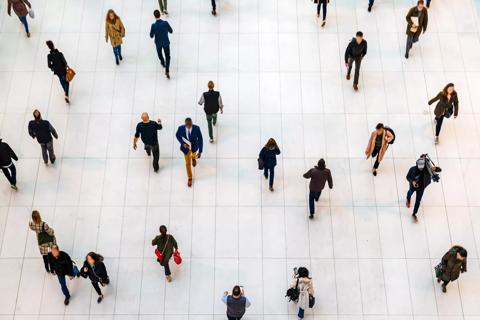
The short answer: It’s complicated, but the basic care precautions still prevail, like washing your hands and isolating if you’re sick
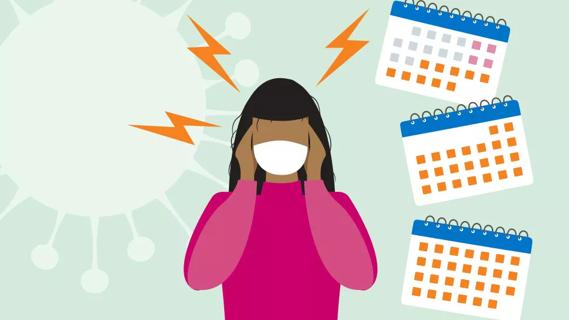
They can feel like a typical headache or a migraine headache, but the pain can last for weeks to months
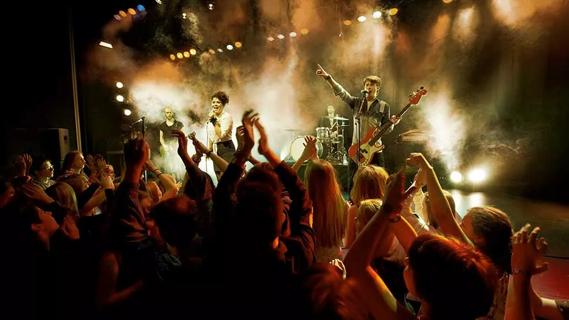
Any large social gathering — from a family birthday party to an indoor music concert — has the potential to spread serious infection

It’s important to connect with a healthcare provider, get quality sleep and balance your activities with your energy levels
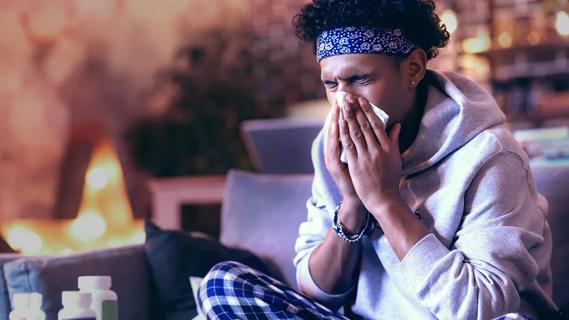
Symptoms can overlap and be hard to distinguish, but there are some telltale differences

Just like the flu, COVID-19 will continue to evolve every year

It’s best to treat flu-like symptoms as if you have COVID-19

Your metabolism may torch 1,300 to 2,000 calories daily with no activity

A gentle touch in all the right places may help drain your sinuses